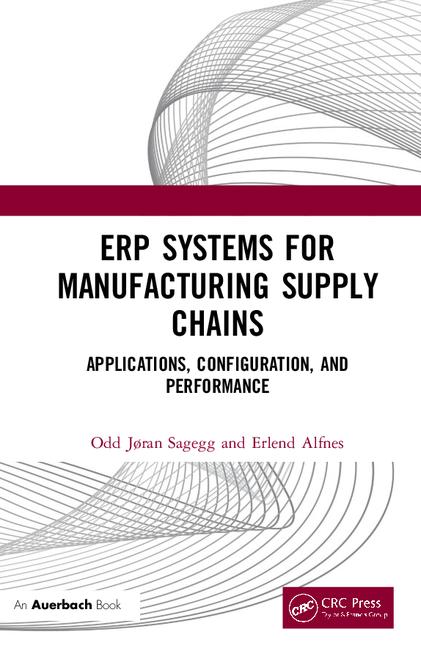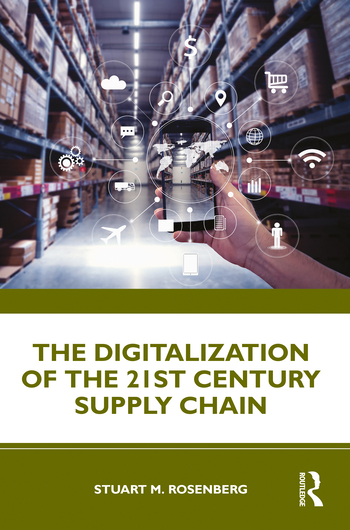DETROIT—Legacy automakers have already committed more than $500 billion in EV investments to transform themselves. However, if not properly managed, the transition from traditional supply bases could cost an additional $70 billion.
According to AlixPartners, one big challenge involves battery raw material costs that are up to 125 percent higher than internal combustion engine (ICE) costs. Other bottlenecks include scarcity and price inflation of parts and commodities (including increased use of chips on EVs), and a lack of readiness for the EV era in the supply bases of both automakers and Tier One suppliers.
“Automakers and suppliers are benefiting from strong demand despite the economic clouds and are showing resolve in their commitment to shift to electric vehicles,” explains Mark Wakefield, global co-leader of the automotive and industrial practice at AlixPartners. “But, expectations are high for the industry to hit record profit levels these next two years, even while funding for the beginning of the EV transition is taking place ahead of sufficient volumes for economies-of-scale and cost competitiveness.
“While many companies are planning their own transition, proactive supply chain redesign and rigorous cost management needs to be improved to avoid costly surprises down the road,” warns Wakefield.
In the future, Wakefield says the chip shortage could disproportionately affect EV production, since battery-powered vehicles require more chips than their ICE counterparts. Chip demand from EVs is projected to grow 55 percent per year, compared to a decline in demand for ICEs.
At $3,662 per vehicle in the United States, ICE raw material content is nearly double prepandemic levels. This pales in comparison to EV raw material content, which is now $8,255 per vehicle. According to the AlixPartners study, this disparity is driven largely by cobalt, nickel and lithium prices.
“Incumbent suppliers battle new entrants and the OEMs themselves for the $9,000 in cost added in an EV power train, while seeing a decline of a full $5,000 in ICE-related power train components,” notes Wakefield. He believes investment demands will snowball as EV penetration accelerates and infrastructure needs mature.
It will take more than a decade before EVs benefit from the economies of scale that support the ICE vehicle market. During that time period, suppliers will be particularly vulnerable, because the available content per vehicle drops as new entrants, including battery and technology suppliers, become competitors, and as automakers choose to make more of the new components themselves to transition plants and people skills to EVs.
Suppliers appear to have access to only 28 percent of new EV power train production value as a result, claims the AlixPartners analysis. And this transition is taking place as many suppliers are planning to wind down or sell their ICE-related business units.
Wakefield believes automakers and suppliers must explore innovative models to facilitate the ICE-to-EV transition, including potentially separating businesses. “This can help ensure robust capital allocation for value creation at a time of sky-high investor expectations, while enabling new, faster clock-speed EV businesses to grow rapidly,” he points out.









